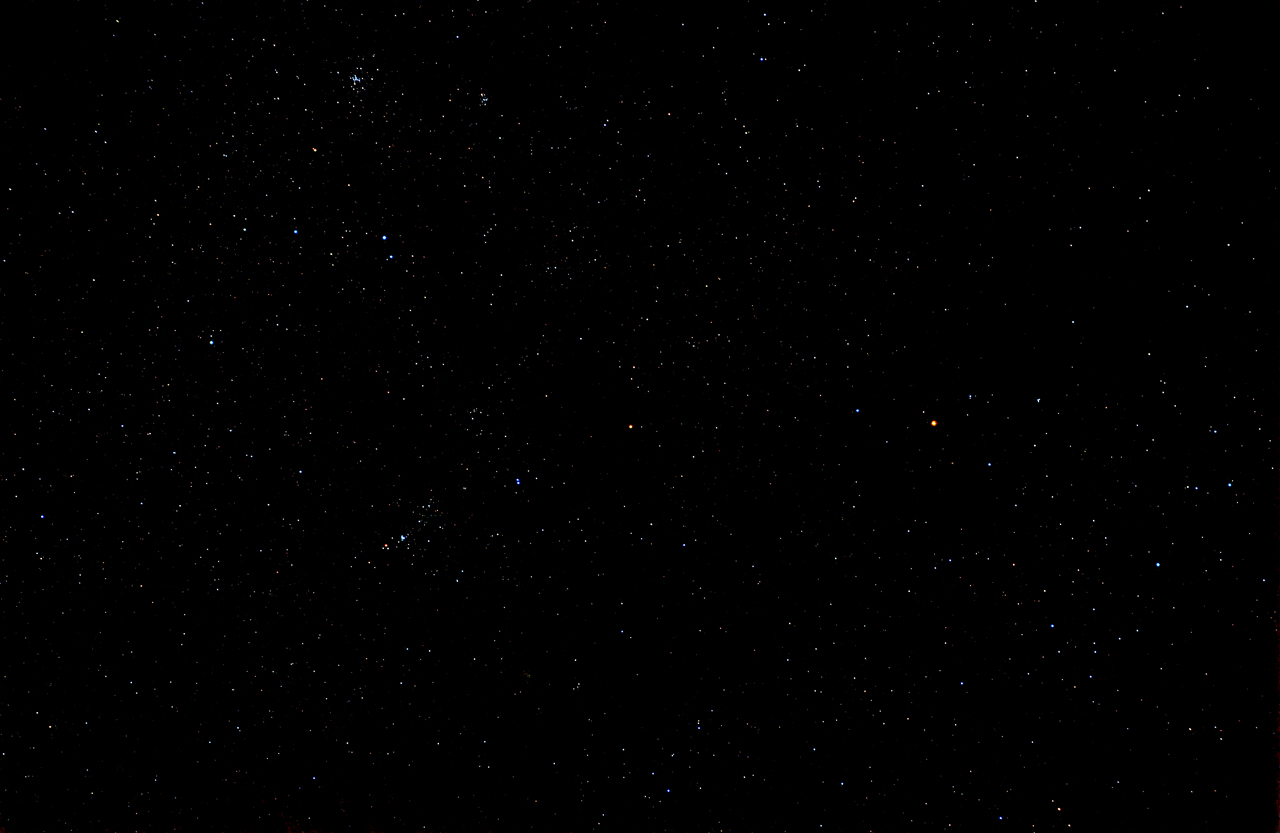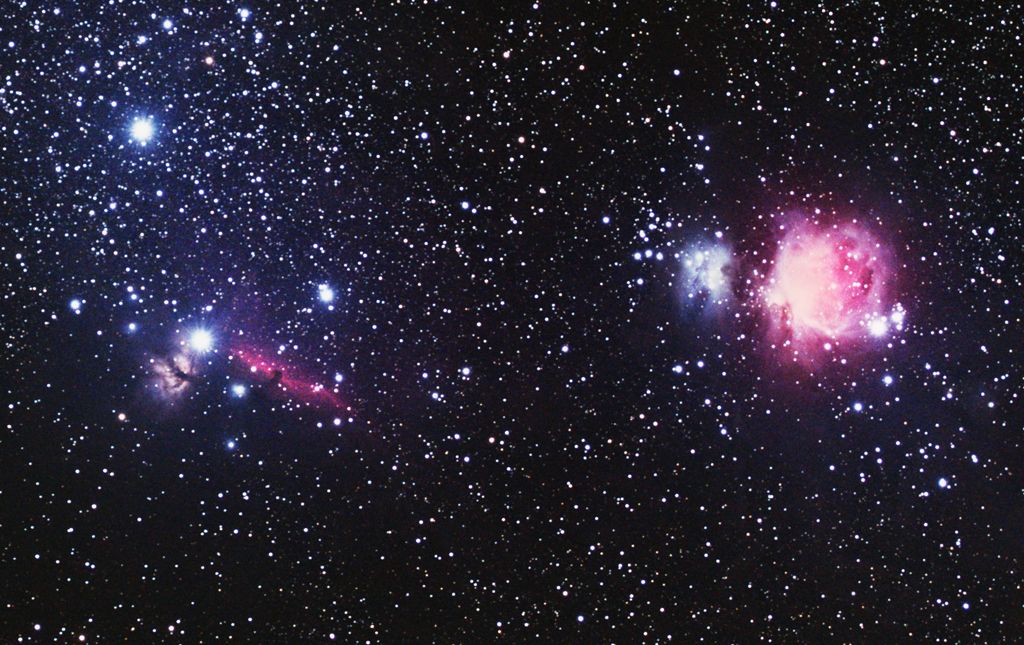Hello!
Visual and Astrophotography are really 2 separate branches of astronomy - Visual requires large aperture. The bigger the aperture, the better you see. Focal ratio is not important as it only determines the magnificantion and field of view. Photography however requires fast focal ratios. Imaging times increase by a factor of 2 for each increase in f stop. For example, from f4 (most imaging newtonians) to f8 (most apochromats not specifically designed for imaging), that's 2 f- stops. You'll therefore need 4x the exposure time to achieve the same result. Aperture is not important - aperture only determines the field of view of your image because focal length = aperture multiplied by f number.
Having said all of that, nothing, absolutely nothing can beat dark skies. A larger aperture is nice (I have a 14" - I think there's a 24" lurking around) but nothing will beat driving an hour or so up north for significantly darker skies, both for visual as well as for AP.
With regards to modifying a DSLR, the reason is that all DSLRs not specifically designed for AP (these are the Canon 60Da and the Nikon D810a) have a low pass filter that blocks red light specifically in the Hydrogen-Alpha wavelength, which is the most important wavelength in astronomy because the universe is mostly made up of Hydrogen (and ignorance, quote from Weixing

) An unmodified DSLR has a 5-10x less sensitivity to this wavelength. What it means is that when taking images of emission nebulae (such as Orion, Lagoon, Swan, Eagle etc nebulas), it will be 5-10x less sensitive. However, it will work just as well for galaxies, star clusters, reflection nebulae. Using a modified DSLR, which has this low pass filter removed, for regular photography will result in pictures having a reddish cast. This can be easily fixed by using a custom white balance or shooting in RAW and adjusting the pictures later. Some modifications may cause the autofocus mechanism to fail due to the refractive properties of the low pass filter itself. If you want to venture into modified DSLRs, I highly recommend you buy a used item. You can get them occasionally here or on resale sites such as
http://www.clougynights.com classifieds or
http://www.astromart.com Generally if you strike a reasonable deal you can re-sell it again without too much loss.
However, let me emphasize something about modified DSLRs:
1. You don't NEED one to start astrophotography
2. You CAN still take nice shots of emission nebulae, especially the brighter ones.
For motorized equatorial mounts - not just any one will do and don't always believe the advertising. If you want a reasonably pleasant experience, you'll need one of reasonable quality. Look up the reviews for your specific mount and unless you're buying a high end mount, divide the weight limit by 2 or 3 for an astrophotographical load. Also make sure its able to reach down to 0 deg because we live on the equator. A large number of mounts, especially the older models are unable to to do this without a special wedge. If you exceed 400-500mm of focal length, you'll generally want guiding, which means either a stand-alone device or a laptop and CCD.
I hope I haven't discouraged you! Personally I think one of the best ways to start Astrophotography is to do wide field. You can, without tracking, go up to 30 secs with a 50mm lens or more with a wider lens. If you choose a clear night, even with the light pollution in Singapore you can still get a pretty star field. I did this one a few years ago in Singapore of the Scorpio and M7 cluster without filters, others have done much better:

I also got this one with a 70mm camera lens, a Skywatcher Star Adventurer (one of those portable EQ mount heads meant for cameras) in a dark sky on holiday

Hope this helps!

